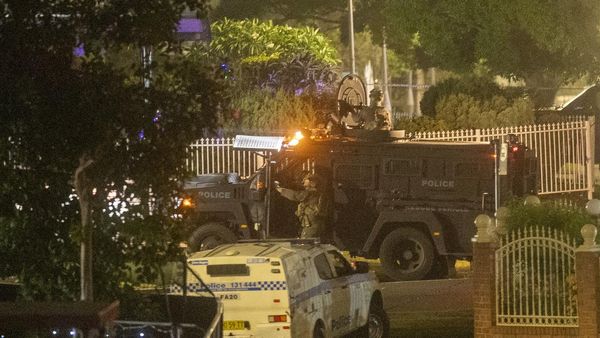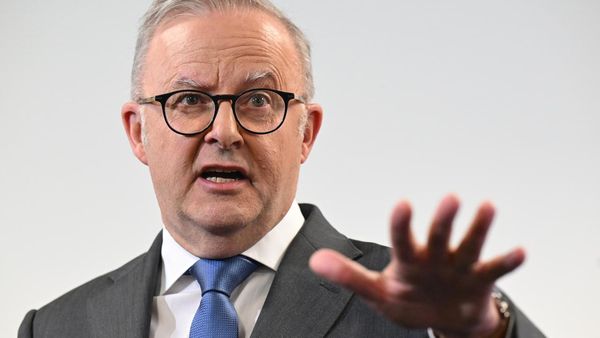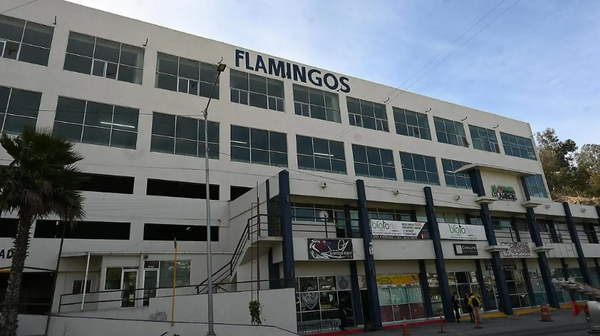Kadidal Manjappa was the Chief Minister of Karnataka for a brief period in 1956. All through his political career, he must have faced several protests, but the one he faced in his native village ahead of the marriage of his two nieces was unique.
Among those who exhibited black flags and raised slogans against him were Poornachandra Tejaswi, a noted writer himself and son of Kannada’s acclaimed poet Kuvempu, N.D. Sundaresh and Kadidal Shamanna, both of whom are founders of Raitha Sangha. And the issue of protest was simple marriage. Manjappa had planned the marriage of his two nieces as per the conventional customs that involved rituals conducted under the guidance of a Brahmin priest. The members of the Samajavadi Yuvajana Sabha (to which the three belonged) were against grand ceremonies involving large gatherings and rituals.
The former Chief Minister, even after holding one simple marriage in the family earlier, had gone back to the conventional system, probably to meet the expectations of the grooms’ families. Hence, he had to face the protest in front of his house by the youths, a majority of whom were his relatives. In this case, the two brides were in favour of a simple marriage but hesitant to express their wish before the elders of the family. That warranted the intervention of the young socialists.
Kuvempu’s letter
The driving force behind this idea was Kuvempu, also a native of Thirtahahlli. He started this mode of unostentatious marriage ceremony -- which later became popular as Mantra Mangalya -- in his own family before preaching it to others. It was on November 27, 1966, when his son Poornachandra Tejaswi married R. Rajeshwari at Chitrakoota, a farm house in Chikkamagaluru district.
In the handwritten letter that Kuvempu sent to his friends and relatives then, the poet informs about the simple ceremony and suggests they visit Chitrakoota any day of their convenience and bless the newlywed. His objective was to ensure the ceremony remained simple, with the gathering not exceeding 200 people. For the occasion, Kuvempu wrote a text that serves as a wedding oath. The text, later called Mantra Mangalya, is read by someone in the form of an oath to the bride and groom. After Tejaswi’s marriage, many of his friends followed the example. Kadidal Shamanna, N.D. Sundaresh, and many others succeeded in convincing their family members and had Mantra Mangalya.
Shamanna in his autobiography Kaada Thoreya Jaadu, narrated by Akshatha K., shares the experience in detail. He and his friend Sridevi had decided to marry the Manthra Mangalya way. The ceremony was scheduled in Shivamoggga on March 2, 1970. Prof.K. Prabhushankar, who also played a role in popularising Mantra Mangalya, was invited to administer the oath. As per the conditions of the ceremony, the gathering should not exceed 200.
Unaware of the conditions, Shamanna’s mother, Nagavenamma invited all the villagers for dinner as part of the reception after the marriage ceremony. As soon as Shamanna learnt about his mother’s invitation to the villagers, he went to each family to tell them that there would not be any dinner as it was a simple marriage and they needed not take the trouble to visit his house on the day. This left his mother deeply unhappy. She could not digest the fact that she was not allowed to offer dinner to friends and relatives in the village on the occasion of her son’s marriage. But Shamanna, who is considered the “unofficial ambassador of Mantra Mangalya,” was not ready to dilute the essence of Mantra Mangalya.
Simple marriage
Even before his marriage, he and N.D. Sundaresh would travel long distances to administer Mantra Mangalya. Bidarahalli Srinivas, a lecturer in a Shivamogga college, had invited both for his marriage to be held in a village near Dudda in Hassan taluk. He had difficulty convincing his family members of the Mantra Mangalya. He had insisted that both reach the wedding place early since he was worried that if they delayed, the bride’s family might conduct the rituals in the traditional way under the guidance of a Brahmin priest.
Sundaresh and Shamanna travelled to Dudda by bike from Shivamogga, but the bike developed a snag before they could reach. With no alternative way to reach the place, both sprinted for five to six kilometres. Fortunately, they were in time to administer the oath as per Mantra Mangalya. Shamanna has administered oaths to hundreds of young couples in the last 50 years. Irrespective of his old age and health conditions, he takes the trouble to travel and ensure people follow Mantra Mangalya. Another person who popularised the simple marriage is Prof. K. Ramadas, who worked at Maharaja’s College in Mysuru. Under the banner of Manava Mantapa in Mysuru, hundreds of couples got married reading the Mantra Mangalya text. Many of them were inter-caste and inter-religious marriages.
In Hassan, journalists R.P. Venakteshmurthy, Manjunath Datta, and Prof. Ravivarma Kumar, who worked as Advocate General of Karnataka, got married on May 12, 1983, following Mantra Mangalya. Interestingly, defying all the beliefs on auspicious times and days, they had chosen an amavasya (new moon day) and a rahu kala, considered inauspicious for any event, to get married.
Vivaha Samhite
By 1976, Kuvempu had framed Vivaha Samhite (a marriage code) to be read out at the marriage ceremony. Among other things, it states that the couple would not follow any religious heads and would treat both men and women equally. Kuvempu had discussed with M.D. Nanjundaswamy, Tejaswi and others before finalising the code. Kadidal Dayanand and Sheela of Thirthahalli were the first couple to marry after the Vivaha Samihta was drafted.
Many people who had simple marriages also took an oath not to attend any conventional marriages that incur huge expenses. They have been following it strictly. They avoid attending the marriages of their close relatives if the event is not in tune with Mantra Mangalya. Kadidal Shamanna and his younger brother, Kadidal Dayanad, did not attend the marriage of one of their own brothers, Kadidal Gopal, because it was not a simple marriage. “Even today, we follow this principle. We have not attended the marriages of close relatives. We all ensure that our children also accept Mantra Mangalya,” said Dayanand, a progressive farmer in Thirthahalli. There are many families where this system has continued for second generations. Tejaswi’s children followed the same custom. Similarly, Kadidal Shamanna’s children got married in the same system.
In recent times, many youngsters are showing interest in Mantra Mangalya. Some of them wish to have the ceremony at Kuppali, the native village of Kuvempu. Rashtrakavi Kuvempu Prathisthana, the trust at Kuppali, has built a memorial for the poet. Marriages take place at the venue. The trust has decided to build an auditorium in Bengaluru soon. “The auditorium could be used for Mantra Mangalya ceremonies, besides literary and theatre events,” said B.L. Shankar, president of the trust.
Mantra Mangalya in English
Such marriages have been occasions to spread awareness about simple marriages as well. Avinash S.R., son of M. Raju and Manjula Raju of Shivamogga, and Dr. Alaka B.G., daughter of Dr. B. Ganapathi and D.S. Pushpavathi of Thirthahalli, got married at Kuppali on May 21, 2023. On the occasion, they brought out a book titled Mantra Mangalya. The book serves as a guide for those willing to have a simple marriage the way Kuvempu proposed. The book also carries the opinions of 11 couples who preferred Mantra Mangalya to conventional forms of the ceremony.
C. Sadananda, son of Chandrashekhariah and Renuka of Bhadravathi, married his friend Katarzyna from Poland on October 2, 2022, in Shivamogga. “My son was interested in Mantra Mangalya. The bride’s family, who were not particular about any custom, also agreed with the idea,” said Chandrashekharatiah, a retired professor. Dr. Rajendra Chenni, a retired professor of English and noted critic, administered the oath in English. Prof. Chenni says, “With one stroke, Kuvempu did away with Sanskrit mantras and rituals and the huge expenses of wedding ceremonies.”
Kannada actress Pooja Gandhi of Mungaru Male fame married Vijay Ghorpade in the Mantra Mangalya model, on November 29 last year. She later visited the Kuvempu memorial at Kuppali and the Tejaswi memorial at Kottigehara. Across the State, many youngsters, particularly those who have read Kuvempu and Tejaswi and engaged in social movements, opt for Mantra Mangalya.
On the other hand, there are people who conduct simple marriages but end up hosting get-togethers for larger gatherings later, which does not follow Kuvempu’s idea in letter and spirit. “As per the Vivaha Samhite that we have all accepted, we should not attend any marriage where more than 200 people are invited. However, some people keep the marriage ceremony simple but host lunch for thousands he next day which is not acceptable,” said Kadidal Dayanand.







